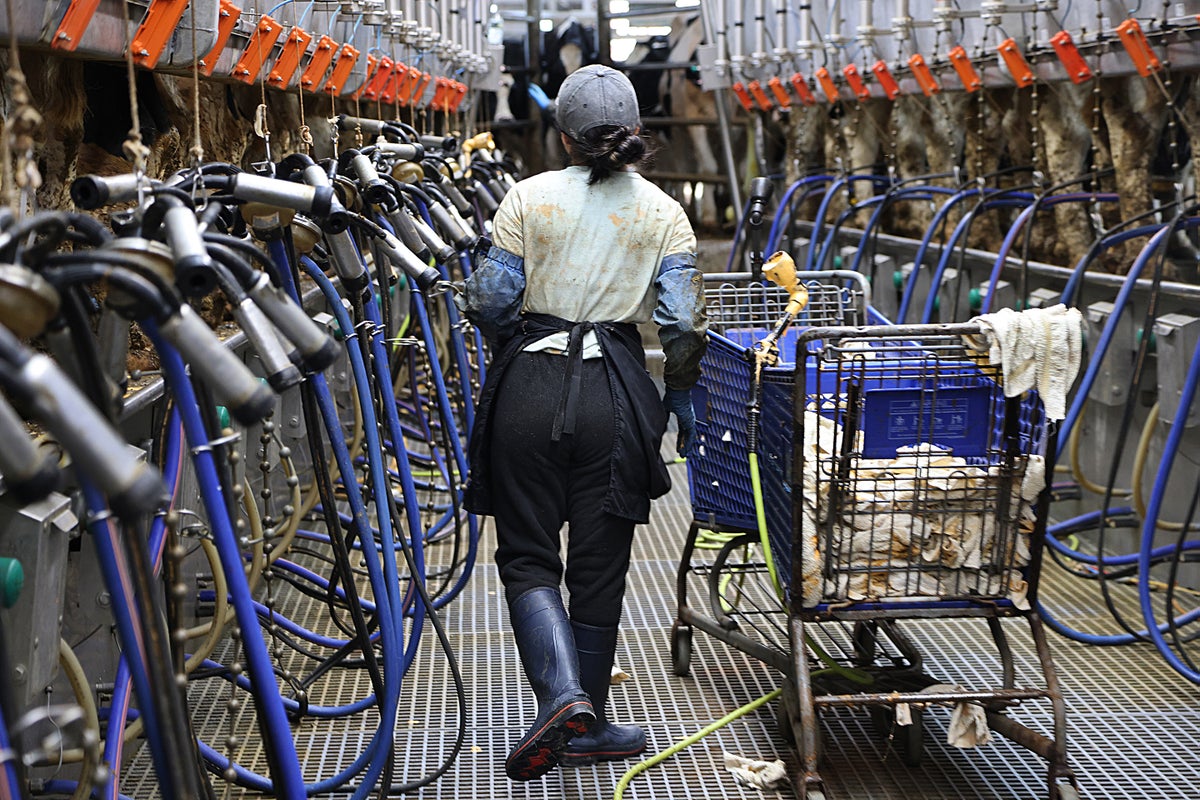
Bird Flu Is One Step Closer to Mixing with Seasonal Flu Virus and Becoming a Pandemic
People who get infected with H5N1 bird flu, such as dairy farm workers, could be coinfected with seasonal flu, setting the stage for dangerous viral mixing known as reassortment.
As the H5N1 avian influenza virus continues its rampage through U.S. dairy cow herds, it has also infected human farm workers. A different strain has also infected workers on poultry farms, most recently in Washington State. On Wednesday the U.S. Department of Agriculture announced that the virus had been detected in a pig for the first time at a farm in Oregon. Now, as the usual seasonal flu season approaches, some health experts wonder if it might give bird flu a dangerous boost.
There have been at least 39 human H5N1 cases in the U.S. this year. Fifteen were in California, 10 were in Colorado, nine were in Washington State, two were in Michigan, one was in Texas, and one was in Missouri. (A second person in Missouri was likely also infected, but their blood test results didn’t meet the official definition of a “case.” And officials say they have ruled out person-to-person spread there.) Known cases have mostly been mild, characterized by minor eye infections and respiratory symptoms.
Apart from the Missouri case, all of these people had confirmed contact with infected farm animals. All nine of the Washington State cases and nine of those in Colorado involved workers on farms that culled infected chickens. The remainder of cases were dairy farm workers. A total of 395 cow herds have tested positive for H5N1 across 14 states.




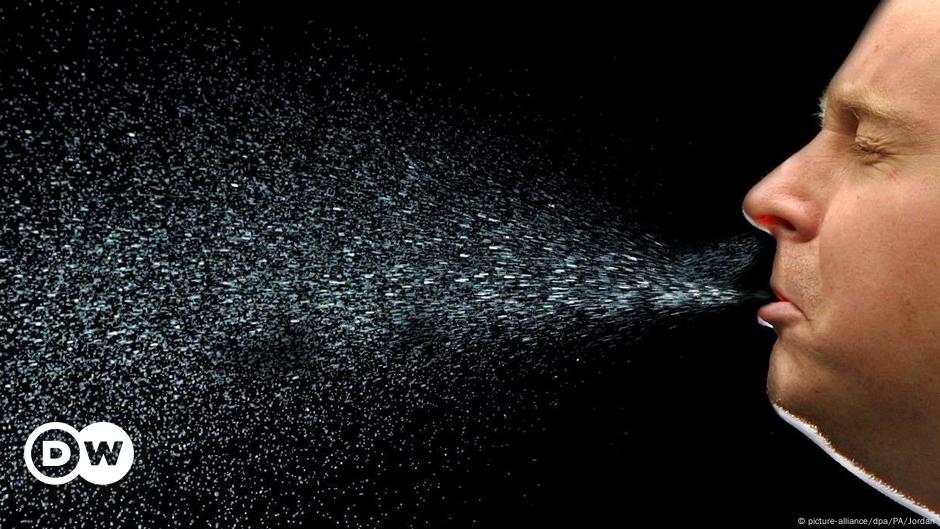
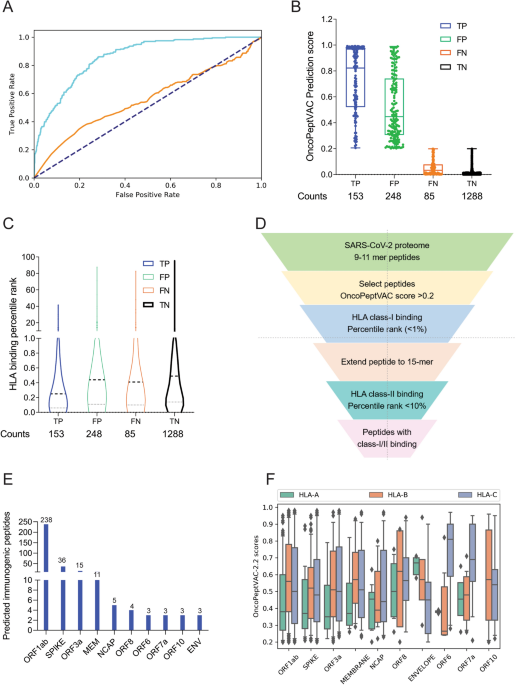

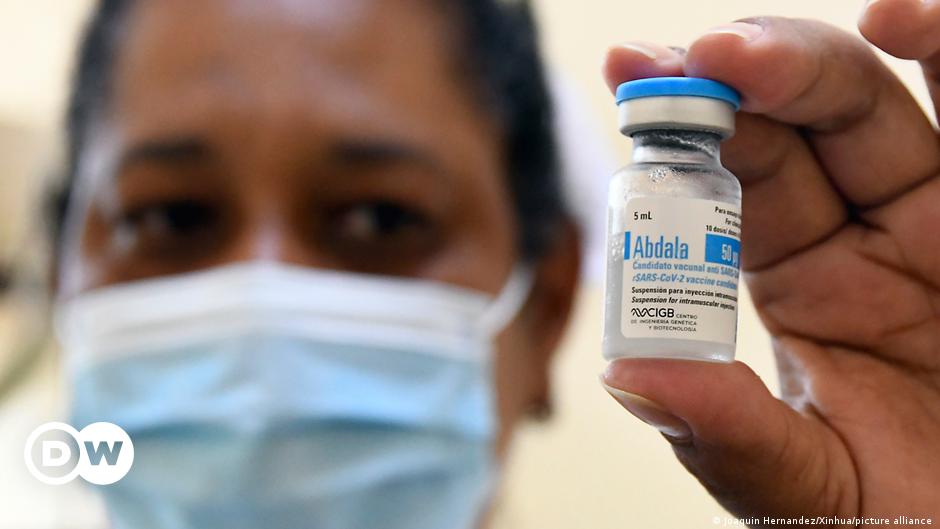




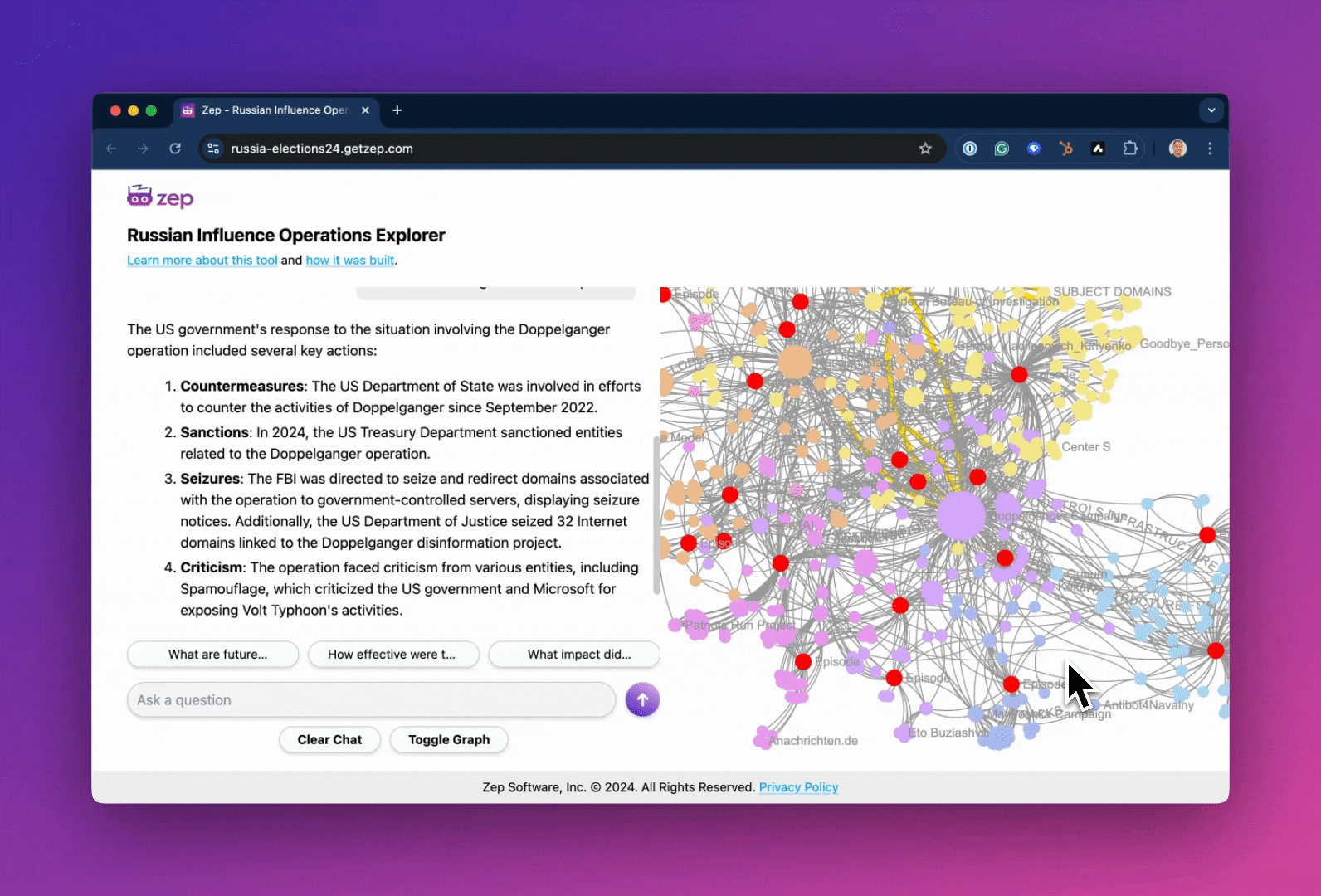
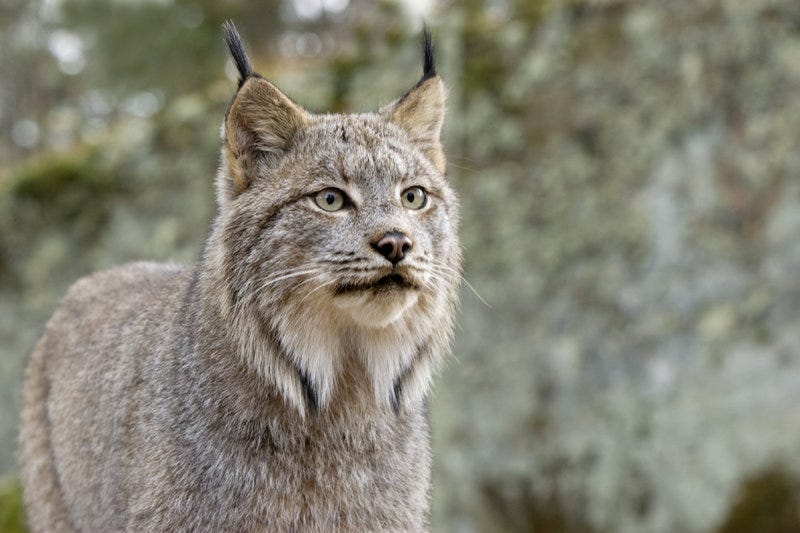







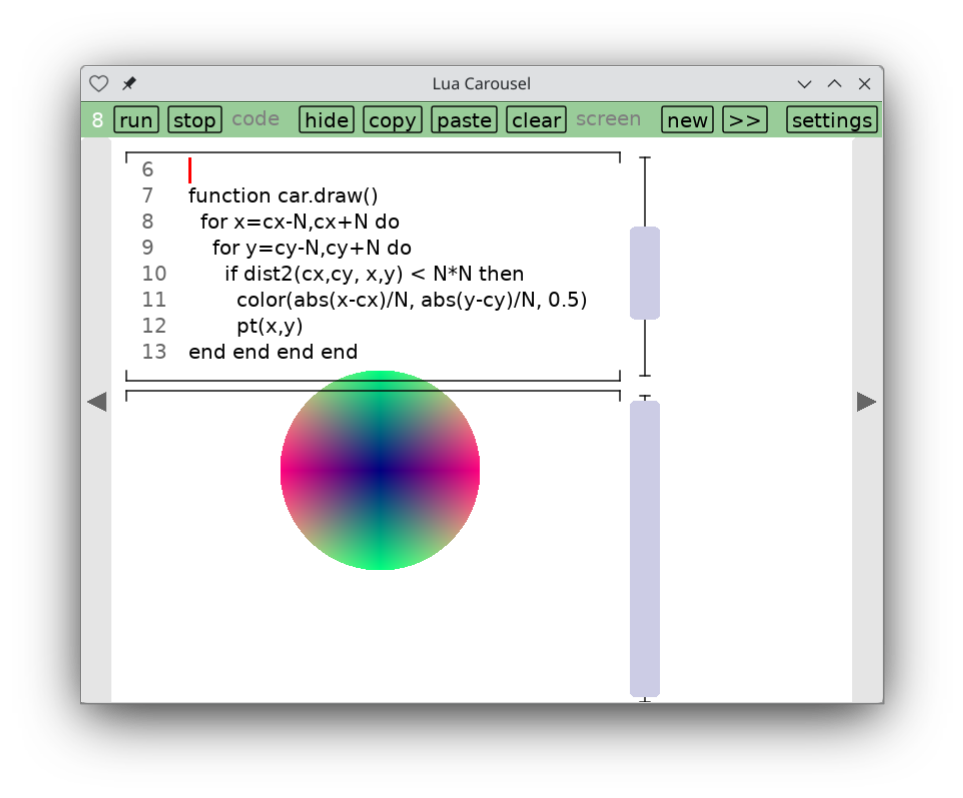

.png)


